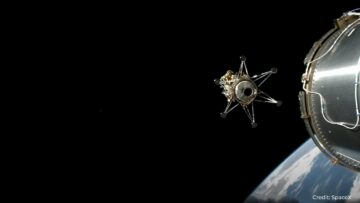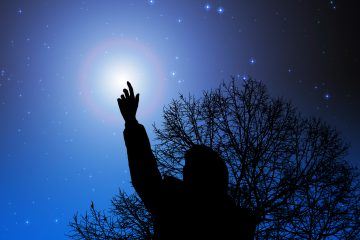by Leanne Ogasawara

1.
It was the first US lunar landing since 1972, when last Thursday a private Houston-based company successfully touched down in the lunar highlands 185 miles north of the moon’s south pole.
We are told again and again: space is hard.
I was born around the time of the first Apollo mission, when human beings walked on the moon. My childhood was filled with that magic, and by third grade I knew what I wanted to do with the rest of my life: I would become an astronaut. It took a surprisingly long time for me to grow out of my dream. And it wasn’t until junior high school that I realized I might not exactly have “the right stuff” for space. That was when my attention turned toward cosmology. I devoured countless books on the subject and that was when I received my prized Christmas gift from my parents: a lunar globe!
In those days, you could still see the Milky Way from our LA suburb… there were countless stars to train my eyes on as I spent hours staring up toward the heavens. But nothing captured my attention more than the glowing moon. And as a child, I was continually astonished that human beings had walked on its dusty surface. I couldn’t have imagined how our space program would have stalled like this. Or maybe I should put that differently. Back when I was dreaming of becoming an astrophysicist, I imagined we would soon have bases on the moon, doing research and preparing for the bigger mission:
But, yeah, space is hard. So far, five nations have achieved soft non-crewed landings on the moon: Russia, the US, China, Japan, and India. And now—as of Thursday evening, so has a private American company. Launched by a SpaceX Falcon rocket, Houston-based Intuitive Machines managed to set their gorgeous Odysseus lander down on the south side of the moon.
And guess who was there with them?
Yours truly! Well, not in the physical sense, but a poem I translated from the Japanese was included in the Lunar Codex Time Capsule. The invitation came as a wonderful surprise about a year ago when, having a bit of a dark drizzly November day in my heart, Samuel Peralta asked me if I wanted to be a part of his project. Read more »

